The Roman Colosseum - History and Architecture
The Roman Colosseum stands as a monumental testament to the grandeur and engineering prowess of ancient Rome. Built with meticulous detail and grand vision, this iconic amphitheater has withstood the test of time, captivating visitors with its rich history and architectural marvels.
Constructed in the 1st century AD, the Colosseum was commissioned by Emperor Vespasian as a gift to the Roman people. Its purpose was to host various forms of entertainment, from gladiatorial contests to animal hunts, attracting crowds from all walks of life.
The architectural design of the Colosseum is a masterpiece in itself. With its elliptical shape and tiered seating arrangement, it could accommodate up to 80,000 spectators, making it the largest amphitheater of its time. The facade, adorned with statues and elaborate decorations, showcased the wealth and power of the Roman Empire.
Constructed primarily using travertine limestone, the Colosseum's innovative construction methods allowed for swift assembly, showcasing the engineering ingenuity of the Romans. Beneath the arena, a complex network of tunnels and chambers housed gladiators, animals, and machinery, adding to the spectacle of the games.
Gladiatorial combat was a central feature of the Colosseum's events, captivating audiences with its intense battles and theatrical displays. Gladiators, trained rigorously for combat, fought with various weapons and armor in highly orchestrated contests that often ended in bloodshed.
Throughout its history, the Colosseum has served as a symbol of Roman entertainment, politics, and cultural achievements. Its enduring legacy as a UNESCO World Heritage site attracts millions of visitors each year, offering a glimpse into the ancient world and the grandeur of the Roman Empire.
From its origins to its modern-day significance, the Roman Colosseum remains a timeless symbol of power, architecture, and the cultural heritage of one of history's greatest civilizations.
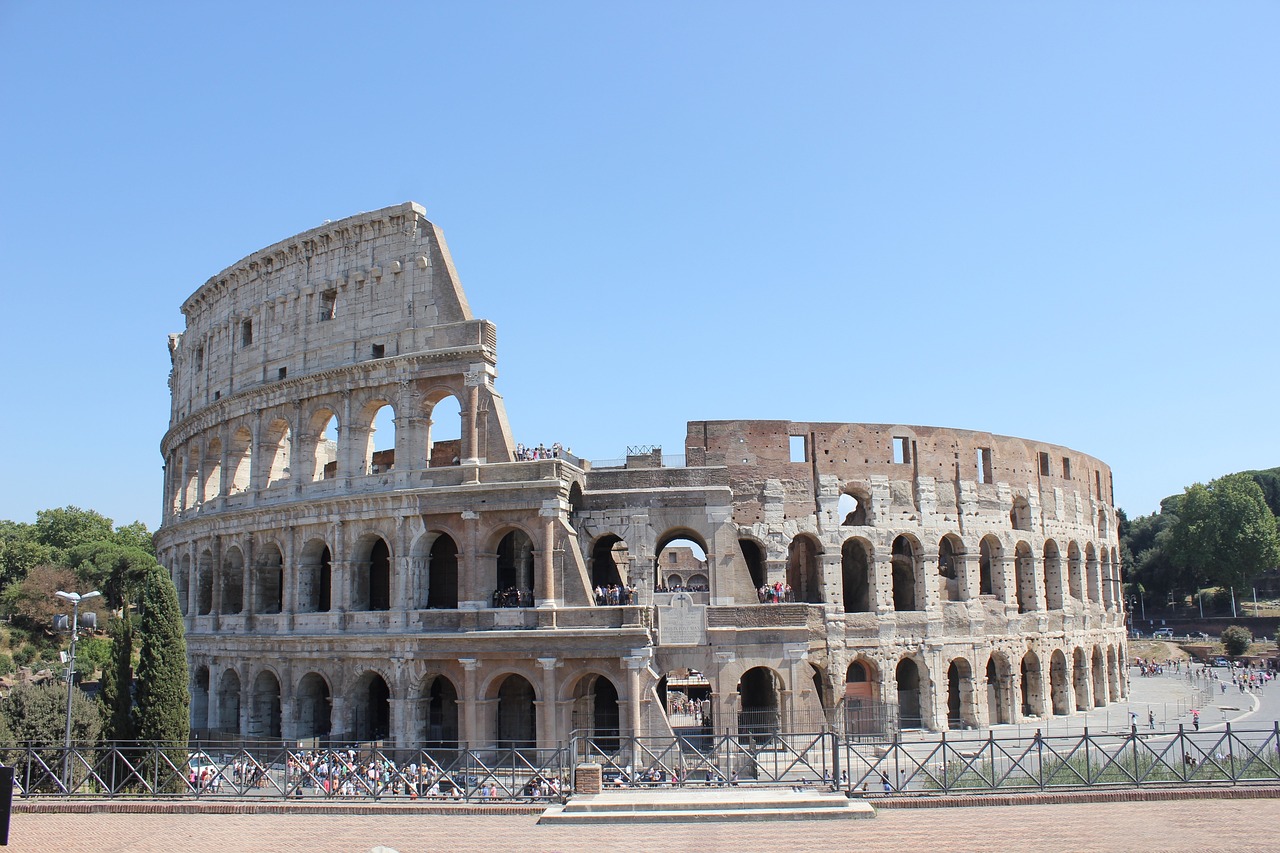
Origins of the Colosseum
The origins of the Colosseum trace back to ancient Rome, a time of grandeur and ambition where emperors sought to leave their mark on the city through monumental constructions. The idea for the Colosseum emerged during the reign of Emperor Vespasian in the first century AD, as a means to showcase the power and wealth of the Roman Empire. However, it was his son, Emperor Titus, who oversaw its completion in 80 AD, marking the grand inauguration with 100 days of games and spectacles to celebrate this architectural marvel.
The motivation behind the construction of the Colosseum was multifaceted. It served as a venue for public entertainment, hosting gladiatorial contests, animal hunts, mock sea battles, and other elaborate shows that captivated the Roman populace. Beyond mere entertainment, the Colosseum also reflected the political aspirations of the emperors, who used these events to gain favor with the people and assert their authority over the city.
Constructed on the site of Nero's extravagant palace, the Domus Aurea, the Colosseum stood as a symbol of the new era under the Flavian dynasty. Its location in the heart of Rome, near the Roman Forum and the Palatine Hill, further emphasized its significance as a central hub of social and cultural activity in the ancient city.
The historical context surrounding the construction of the Colosseum was marked by a desire to showcase Roman engineering prowess and architectural innovation. The use of concrete, a revolutionary building material at the time, allowed for the vast amphitheater to be constructed with unprecedented speed and efficiency, demonstrating the technological advancements of the Roman Empire.
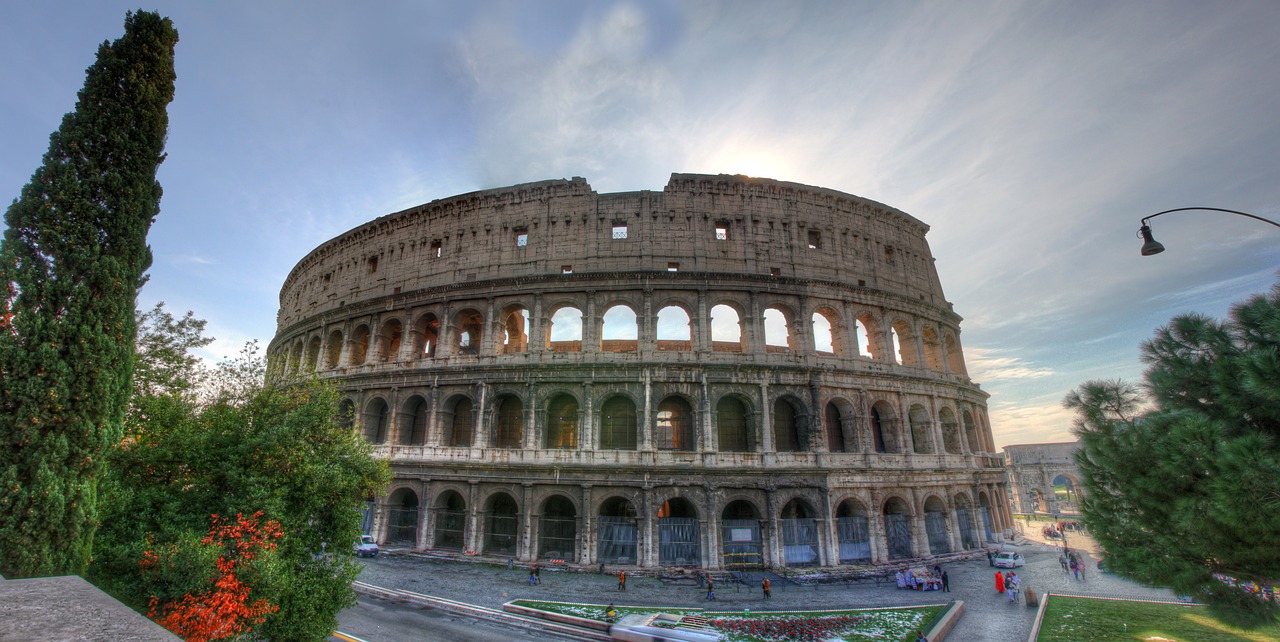
Architectural Features
Exploring the iconic Roman Colosseum, this article delves into its rich history, architectural design, and cultural significance, offering insights into one of the most famous ancient structures in the world.
Discover the origins of the Colosseum, including the motivations behind its construction, the emperors involved, and the historical context that shaped this monumental amphitheater.
The Colosseum stands as a testament to Roman engineering brilliance, boasting architectural features that continue to awe visitors to this day. Its design and construction are a marvel to behold, showcasing the ingenuity and skill of ancient Roman architects and engineers.
The elliptical shape of the Colosseum is a striking feature, allowing for optimal viewing of the spectacles that took place within its walls. The tiered seating arrangement provided seating for up to 80,000 spectators, ensuring that everyone had a view of the action. The elaborate facade of the Colosseum, adorned with statues and arches, added to its grandeur and magnificence.
The Colosseum was constructed using travertine limestone, a durable and readily available material that contributed to the building's longevity. Innovative construction techniques, such as the use of a complex system of pulleys and cranes, enabled the rapid assembly of the Colosseum, showcasing the engineering prowess of the Romans.
Uncover the world of gladiatorial combat in the Colosseum, including the types of games held, the role of gladiators, the social significance of these spectacles, and the impact on Roman society.
Gladiators underwent rigorous training to prepare for the intense battles that took place in the Colosseum. Different types of gladiatorial contests, such as duels and wild beast fights, captivated audiences with their adrenaline-fueled action. The weapons and armor used in combat added to the excitement, while rituals surrounding these events added a layer of mystique and tradition.
Examine the historical significance of the Colosseum, from its role in Roman entertainment and politics to its enduring legacy as a symbol of power, architecture, and the cultural achievements of the Roman Empire.
Discover how the Colosseum has become a symbol of Rome and a UNESCO World Heritage site, attracting millions of visitors annually and serving as a reminder of ancient Roman civilization.
Stay tuned for some frequently asked questions about the Roman Colosseum to enhance your understanding and appreciation of this ancient wonder!
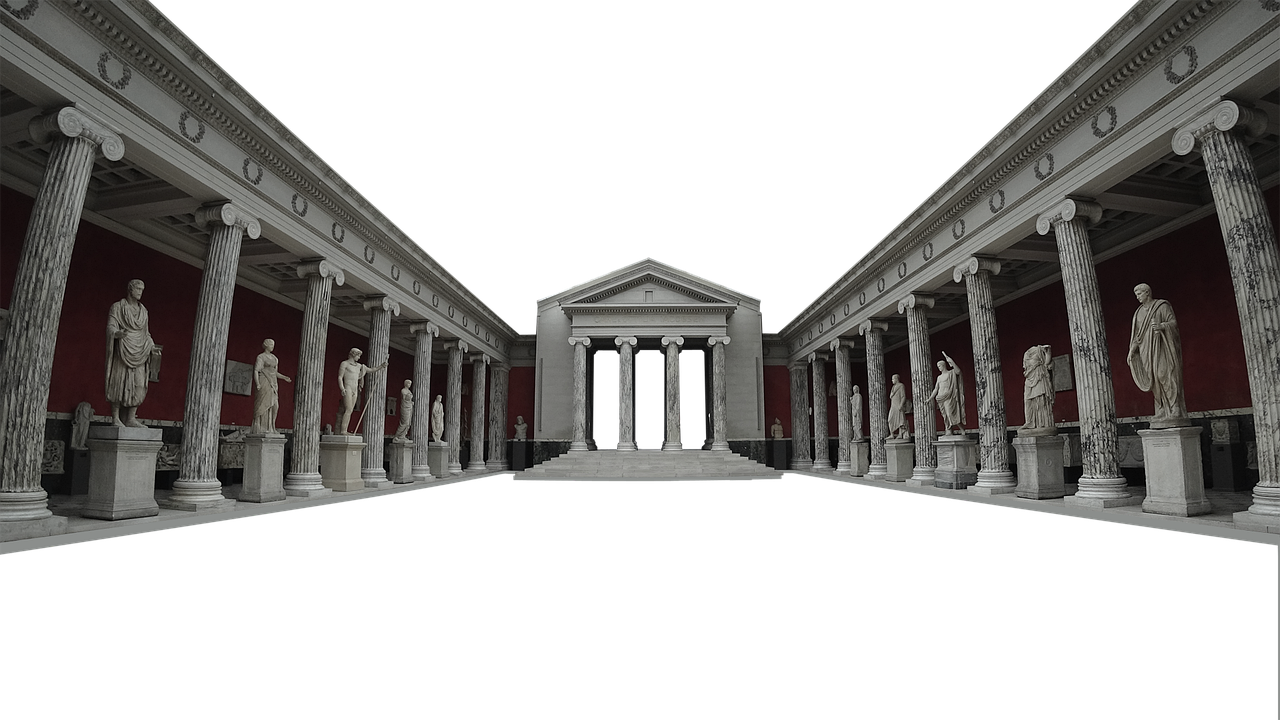
Design and Layout
The design and layout of the Roman Colosseum stand as a testament to the architectural ingenuity of ancient Rome. This iconic amphitheater, with its elliptical shape, was a marvel of engineering, showcasing the advanced capabilities of Roman builders. The tiered seating arrangement allowed for efficient crowd management, ensuring that the vast audience could witness the spectacles unfolding in the arena below. The elaborate facade of the Colosseum, adorned with columns and arches, added to its grandeur and served as a striking symbol of Roman power and opulence.
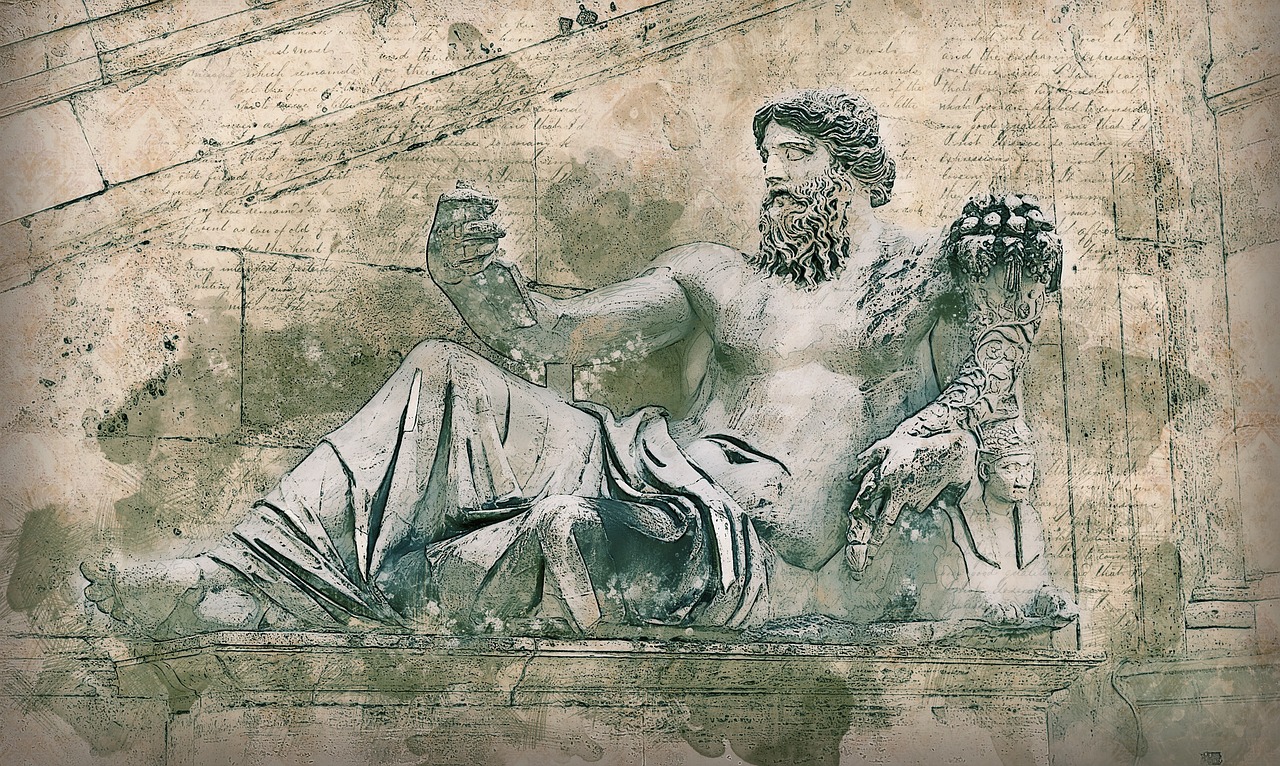
Materials and Construction
When it comes to the of the Roman Colosseum, it's truly a marvel of ancient engineering. The Colosseum stands as a testament to the ingenuity and craftsmanship of the Roman builders who created this iconic structure. One of the key materials used in the construction of the Colosseum was travertine limestone, a durable and readily available stone that helped give the amphitheater its distinctive appearance.
The construction of the Colosseum was a massive undertaking that required innovative techniques to complete the project efficiently. The Romans were able to erect this colossal structure in a relatively short period of time by utilizing a system of pre-fabricated elements that could be assembled on-site. This method allowed for the rapid construction of the Colosseum, showcasing the advanced engineering skills of the ancient Romans.
Furthermore, the Colosseum's underground structures played a crucial role in the functioning of the amphitheater. Beneath the arena floor lay a complex network of tunnels and chambers that housed the gladiators, animals, and props used in the spectacles. These underground areas were essential for the logistics of the games, providing a hidden world beneath the grandeur of the Colosseum.
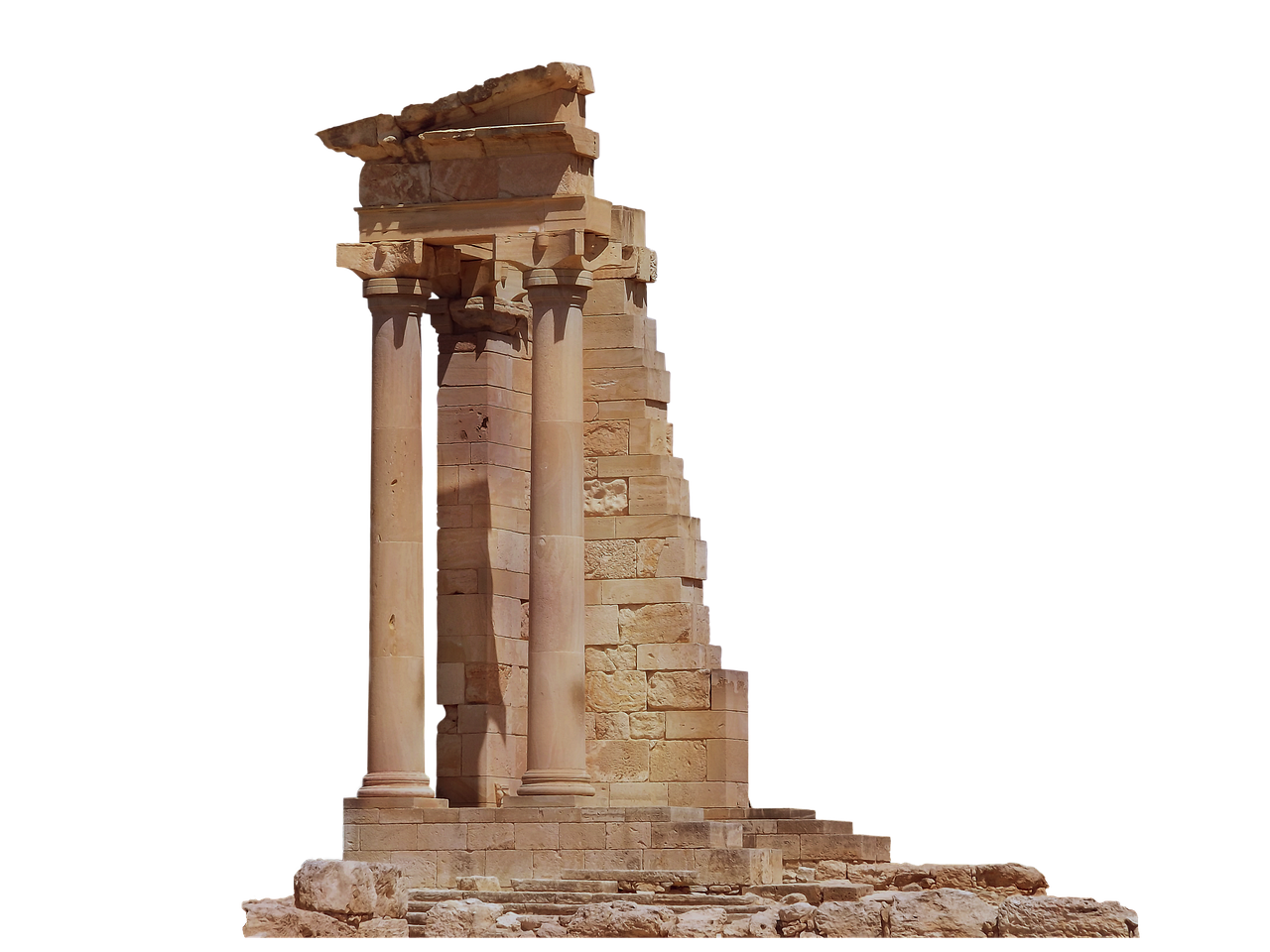
Gladiatorial Combat
Gladiatorial combat in the Roman Colosseum was a spectacle like no other, a thrilling display of skill, bravery, and often, tragedy. The games held in this iconic amphitheater were a central part of Roman culture, drawing crowds from all walks of life to witness the fierce battles between gladiators. These events were not just about entertainment; they were a reflection of the values and beliefs of Roman society, showcasing strength, honor, and the struggle for survival.
Gladiators, often slaves or prisoners of war, were trained to fight to the death for the amusement of the spectators. The types of games varied, from one-on-one duels to large-scale battles involving multiple combatants. Each gladiator had a unique fighting style and weaponry, adding to the excitement and unpredictability of the matches. The combatants faced not only each other but also wild animals, adding an element of danger and suspense to the proceedings.
Gladiatorial contests were more than just violent spectacles; they held deep social significance in Roman society. The games were a way for emperors to display their power and generosity, as they often funded these events to win favor with the people. Gladiators themselves became celebrities, admired for their courage and skill in the arena. The outcome of a match could influence public opinion and even political decisions, making these events a potent tool for those in power.
Despite the brutality of gladiatorial combat, there was a code of honor among the fighters. They were revered for their bravery and willingness to face death with dignity, earning respect even in defeat. The rituals and ceremonies surrounding the games added to the drama and spectacle, creating an atmosphere of tension and excitement that kept audiences on the edge of their seats.
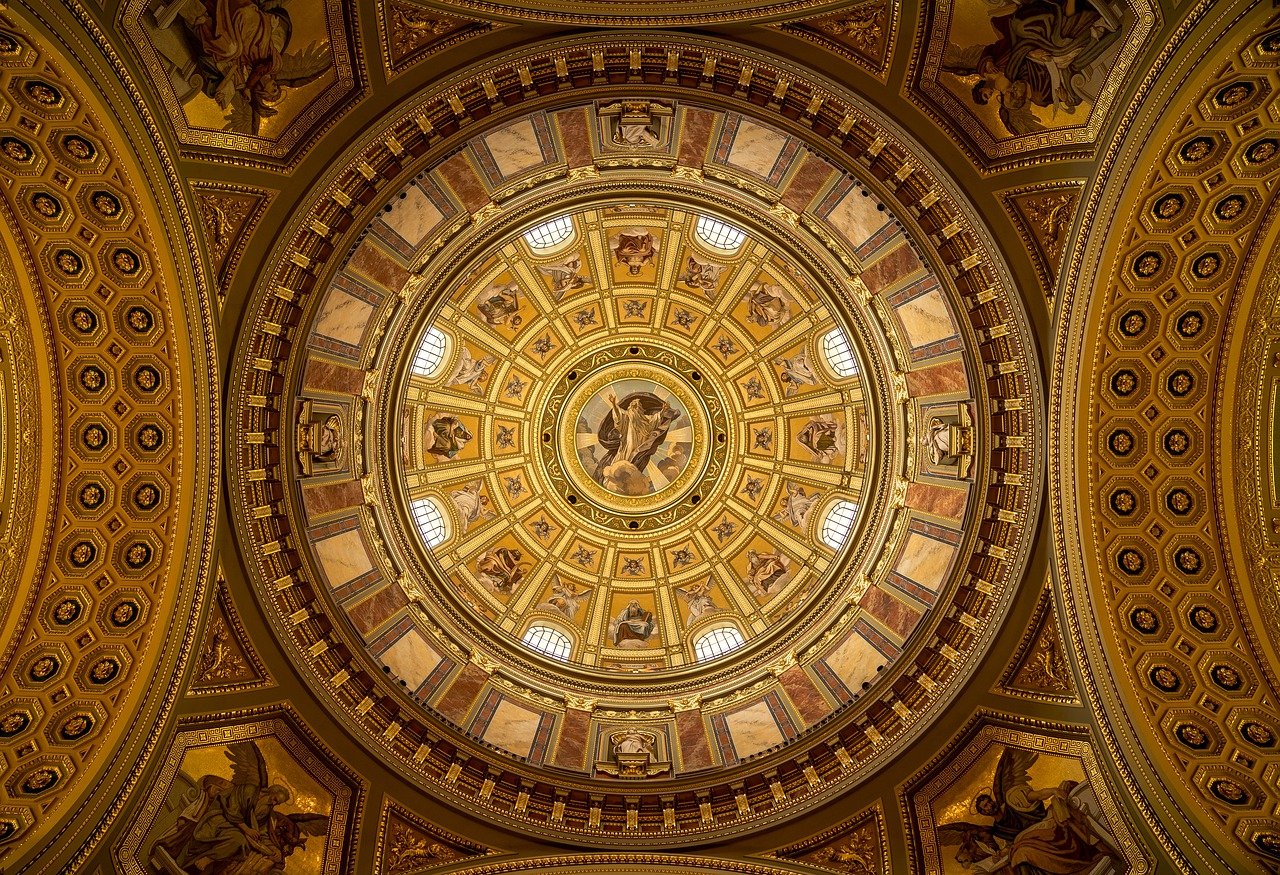
Gladiator Training and Battles
When it comes to gladiator training and battles in the Roman Colosseum, one cannot help but be fascinated by the intense and brutal world that unfolded within its walls. Gladiators, often slaves or prisoners of war, underwent rigorous training to prepare for the deadly combat that awaited them in the arena.
Gladiator training was a grueling process that involved honing fighting skills, mastering various weapons, and developing strategies to outwit opponents. These warriors were trained in specialized schools known as ludi, where they practiced combat techniques under the watchful eye of experienced instructors.
Once fully trained, gladiators would enter the arena to face off in battles that were as much about skill and strategy as they were about survival. The fights were often to the death, with the crowd eagerly watching every move, cheering for their favorite fighters, and reveling in the spectacle of bloodshed.
Gladiatorial contests featured a variety of combat styles, each with its own set of rules and weapons. From the heavily armored Retiarius armed with a trident and net to the agile Secutor wielding a sword and shield, gladiators showcased their prowess in a range of fighting techniques.
These battles were not only about entertainment but also held deeper social significance in Roman society. Gladiatorial combat served as a form of public spectacle, reinforcing notions of power, honor, and bravery while also serving as a means of social control and political propaganda.
As the crowds roared and the combatants clashed in the arena, the legacy of gladiator training and battles in the Roman Colosseum remains a powerful symbol of the brutality and spectacle of ancient Rome.
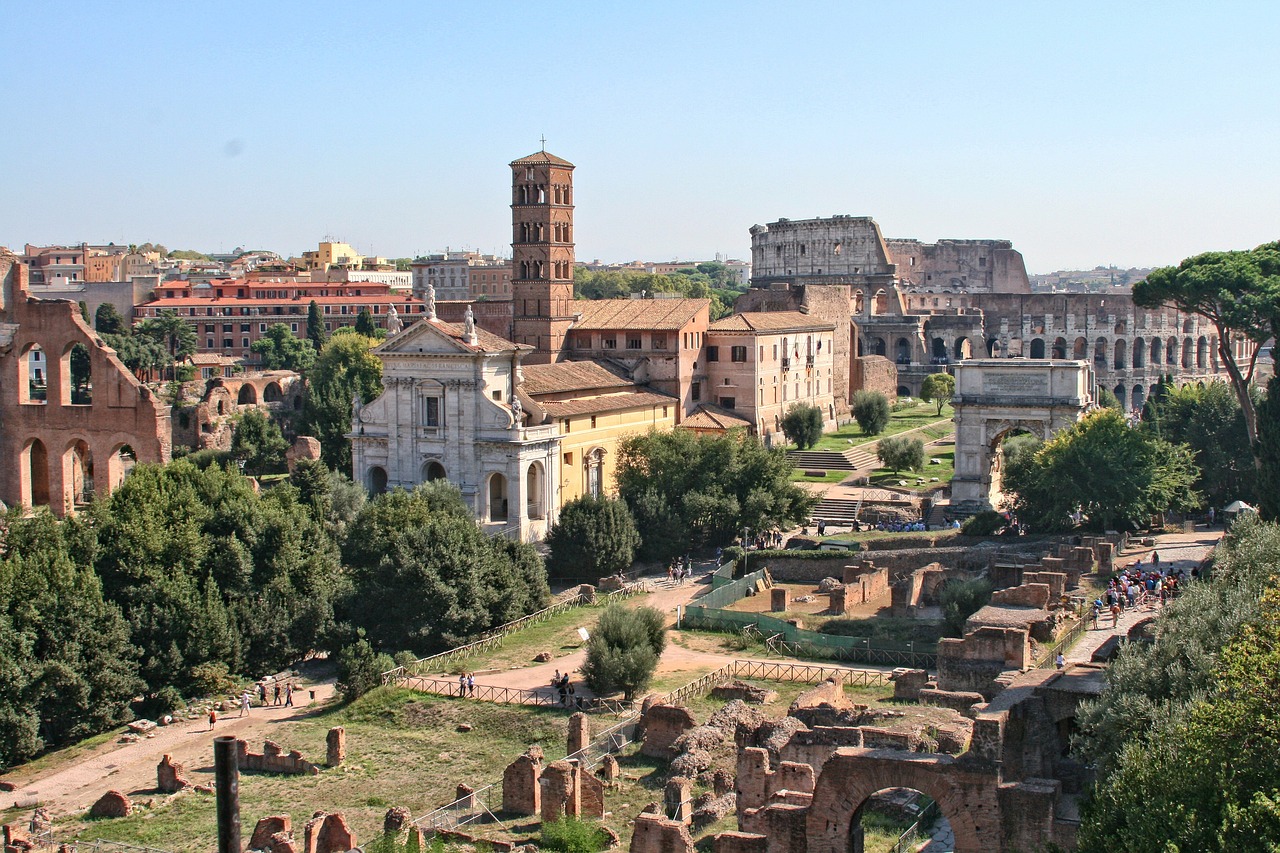
Historical Significance
When it comes to the historical significance of the Roman Colosseum, one cannot overlook its multifaceted role in shaping the course of ancient Roman history. Serving as a grand arena for various forms of entertainment, including gladiatorial combat, animal hunts, and theatrical performances, the Colosseum was a symbol of Roman power and cultural prowess. It stood as a testament to the grandeur and extravagance of the Roman Empire, showcasing the wealth and architectural ingenuity of the time.
Moreover, the Colosseum played a pivotal role in Roman politics, as emperors utilized the spectacles held within its walls to gain favor with the public, solidify their rule, and demonstrate their authority. The games held at the Colosseum were not merely entertainment but also a tool for social control and propaganda, shaping public opinion and reinforcing the hierarchical structure of Roman society.
From a historical perspective, the Colosseum remains a significant archaeological site that offers valuable insights into the social, political, and cultural dynamics of ancient Rome. Its enduring legacy as a symbol of architectural innovation, engineering excellence, and artistic achievement continues to captivate visitors from around the world, drawing them into the fascinating world of ancient Roman civilization.
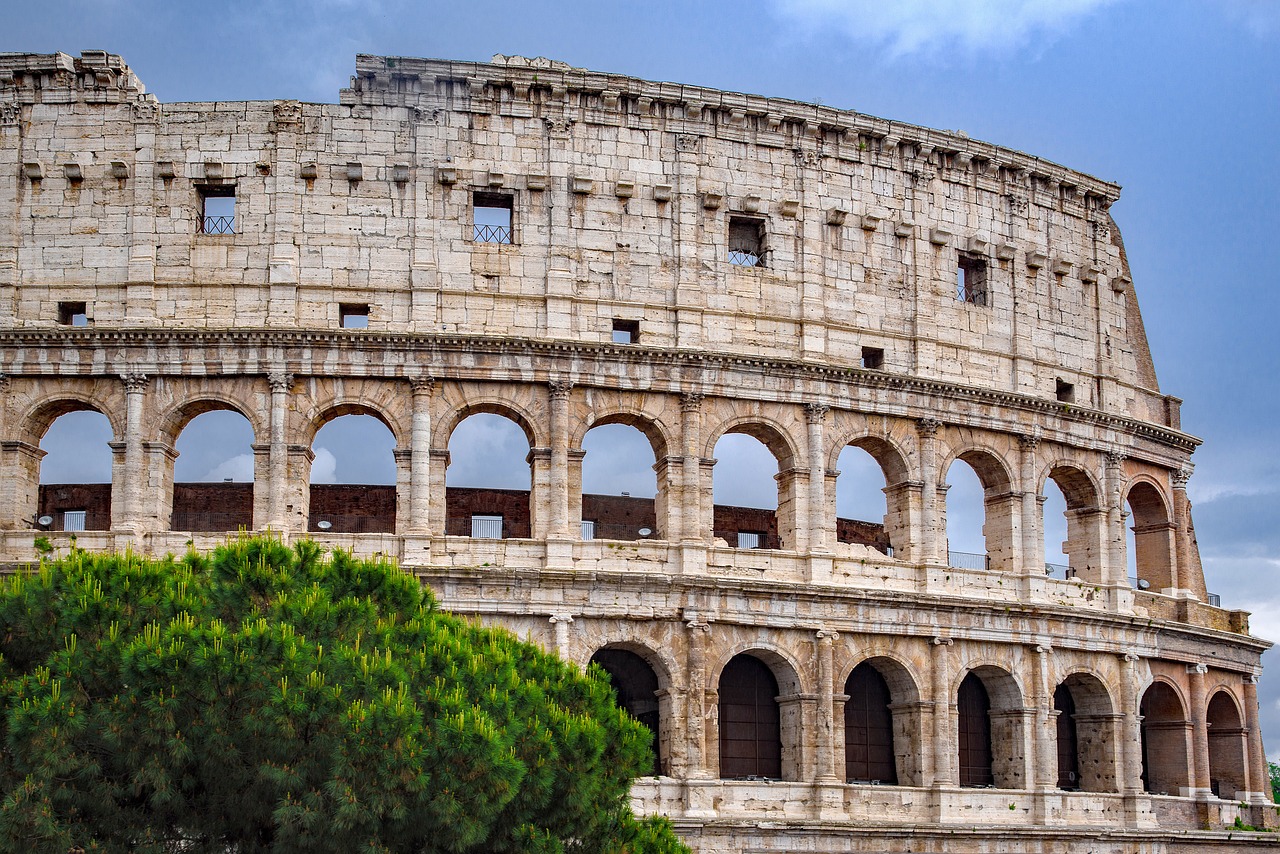
Modern-Day Legacy
The of the Roman Colosseum is a testament to its enduring impact on global culture and history. This ancient amphitheater, once a battleground for gladiators and a center of entertainment in ancient Rome, now stands as a symbol of the city of Rome and a UNESCO World Heritage site. Welcoming millions of visitors each year, the Colosseum serves as a poignant reminder of the architectural prowess and cultural achievements of the Roman Empire.
Frequently Asked Questions
- What is the history behind the construction of the Roman Colosseum?
The Roman Colosseum was built under the rule of Emperor Vespasian in AD 72-80, as a gift to the Roman people. It was primarily used for hosting gladiatorial contests, public spectacles, animal hunts, and executions.
- How was the Colosseum designed and what architectural features does it possess?
The Colosseum features an elliptical shape with a tiered seating arrangement to accommodate up to 80,000 spectators. It boasts an elaborate facade adorned with statues and arches, showcasing the advanced engineering techniques of ancient Rome.
- What was the significance of gladiatorial combat in the Colosseum?
Gladiatorial combat was a central aspect of Roman entertainment and culture, reflecting themes of power, honor, and social hierarchy. Gladiators were trained fighters who engaged in battles to entertain the masses and uphold certain societal values.
- Why is the Colosseum considered a symbol of Roman civilization?
The Colosseum symbolizes the grandeur and architectural prowess of the Roman Empire. It serves as a testament to Roman engineering, political power, and cultural achievements, making it an enduring icon of ancient history.



















